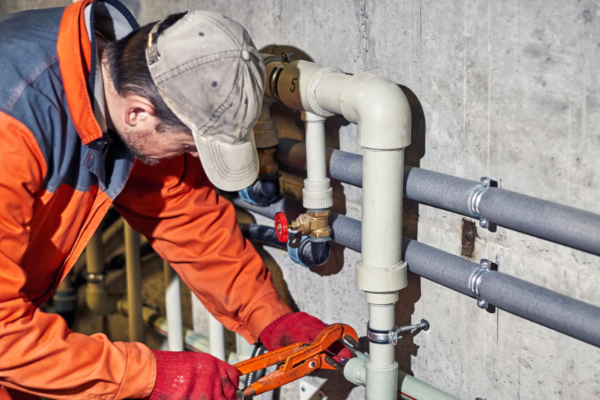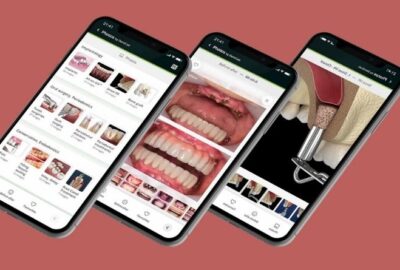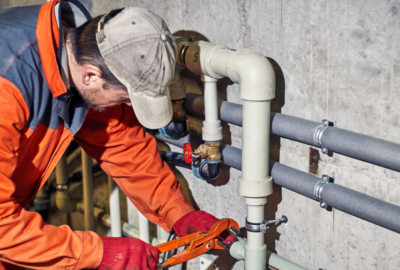Is the Money in Your Wallet Real? 8 Ways to Detect Counterfeit Bills
How many times have you taken money out of your wallet and then stood there, scratching your head, wondering if it’s real or not? Counterfeit money is becoming more and more common these days, so it’s important to know how to identify fake bills before you get swindled into spending them! Here are eight ways to tell if the money in your wallet or purse is counterfeit or not.
Understand the security features
Counterfeit money is a growing problem worldwide, with many criminal groups printing fake money. Sometimes it’s obvious; other times you can’t tell without careful inspection of your bill. Some counterfeit bills are surprisingly hard to spot because they contain real features, like magnetic ink or watermarks. However, some bills have security features that can be spotted with just a little bit of scrutiny.
1) Look for images or words on both sides of the bill and pay attention to how they interact when you tilt the bill back and forth – do they move differently or are they at different levels? You’re looking for uneven coloring in areas that should look uniform when turned upside down.
Check the Paper
A counterfeit bill is typically printed on paper similar to that of a US dollar. Oftentimes, a counterfeit money-maker will print on heavier paper and use a lower quality ink than the US Treasury Department uses. You can examine a currency by first looking at its color of it under fluorescent lighting; greenish-tinted bills are likely counterfeit. You can also check for watermarks if there is one, which should match that of your real money. Lastly, you can feel for raised bumps on the front of your bill- these bumps correspond with letters and numbers in an effort to stop counterfeiters from copying other denominations and passing off those as higher denominations.
Feel the Weight
Another way to determine whether or not your money is fake is by feeling its weight. Counterfeit bills are made with the same quality of paper and ink as real money, but they’re often thinner and less dense. Of course, there’s no one telling you what thickness you should be feeling for when it comes to paper money, so it helps if you know that real US currency feels slightly slick or slippery while counterfeits have a more rough texture. It may also help if you hold a stack of several bills together–this will increase your ability to feel subtle variations in the density of counterfeit bills from those that are genuine. So ask yourself: does your wallet seem light all of a sudden?
Look at Color
One of the easiest ways to detect counterfeit money is by looking at it. Legitimate U.S. currency paper has a watermark and you should be able to see it when you hold a bill up against the light. In addition, legitimate U.S. currency paper should be crisp and maintain its original reds, greens, and blues; counterfeits are often drab and dull with faded colors on fake bills. Another sign that your money may not be legit is if there’s an unnatural shadow where the engraving lines meet. Paper Quality: Genuine U.S. currency paper feels thicker than that of counterfeit bills, so if yours feels thin or like regular printer paper, then it may not be real. Other things to look for include raised printing and microprinting versus flat printing or no printing at all on your bill; ink quality-genuine U.S. currency paper has highly detailed ink that looks different depending on how you turn the bill over-whereas counterfeits have more blurry printing and lack any sort of detail
Examine Security Threads
When inspecting a bill, use a small strip of clear tape. Place it on the front and back of one end of the bill. Slowly and carefully peel off the tape while holding onto it with your thumb, but only by a few inches at first. Inspect both sides and see if any text appears. If there is no text visible under either side, then it’s likely a counterfeit version without even making it halfway through inspection.
Check Watermarks and Hidden Images
When we’re paying for something, it can be easy to miss that you’re holding a counterfeit bill. When checking for authenticity, take a look at the edges of a bill. A counterfeit will often have jagged and choppy edges, which are different from those on the legitimate currency. Keep your eyes peeled and you’ll never get fooled again!
Compare Edges
#1: Look at the edges of a bill. Paper money usually has straight, clean edges and crisp corners. On counterfeit bills, you’ll typically find fuzzy edges or uneven corners. Sometimes there will be a watermark on one side of the paper that looks like it’s in a mirror image when looking at it from another angle—a practice often used to detect counterfeits.
#2: Feel the surface of a bill and compare it with other currency you know is authentic. If you rub your fingers over fake currency, it will feel smooth and slippery because they’re printed on low-quality paper that doesn’t have much texture.
Put It In the Water
You might think the only way to test a bill is with a special pen, but actually, all you need is some water. When you put a bill in water and it doesn’t disintegrate then it’s most likely fake. One easy way to do this is when you have access to a sink: simply rub one corner of the bill on your pants, then run some warm water over it for about 10 seconds. If it rips or comes apart easily when wet then it’s probably counterfeit (but be sure not to rip up your actual money).











